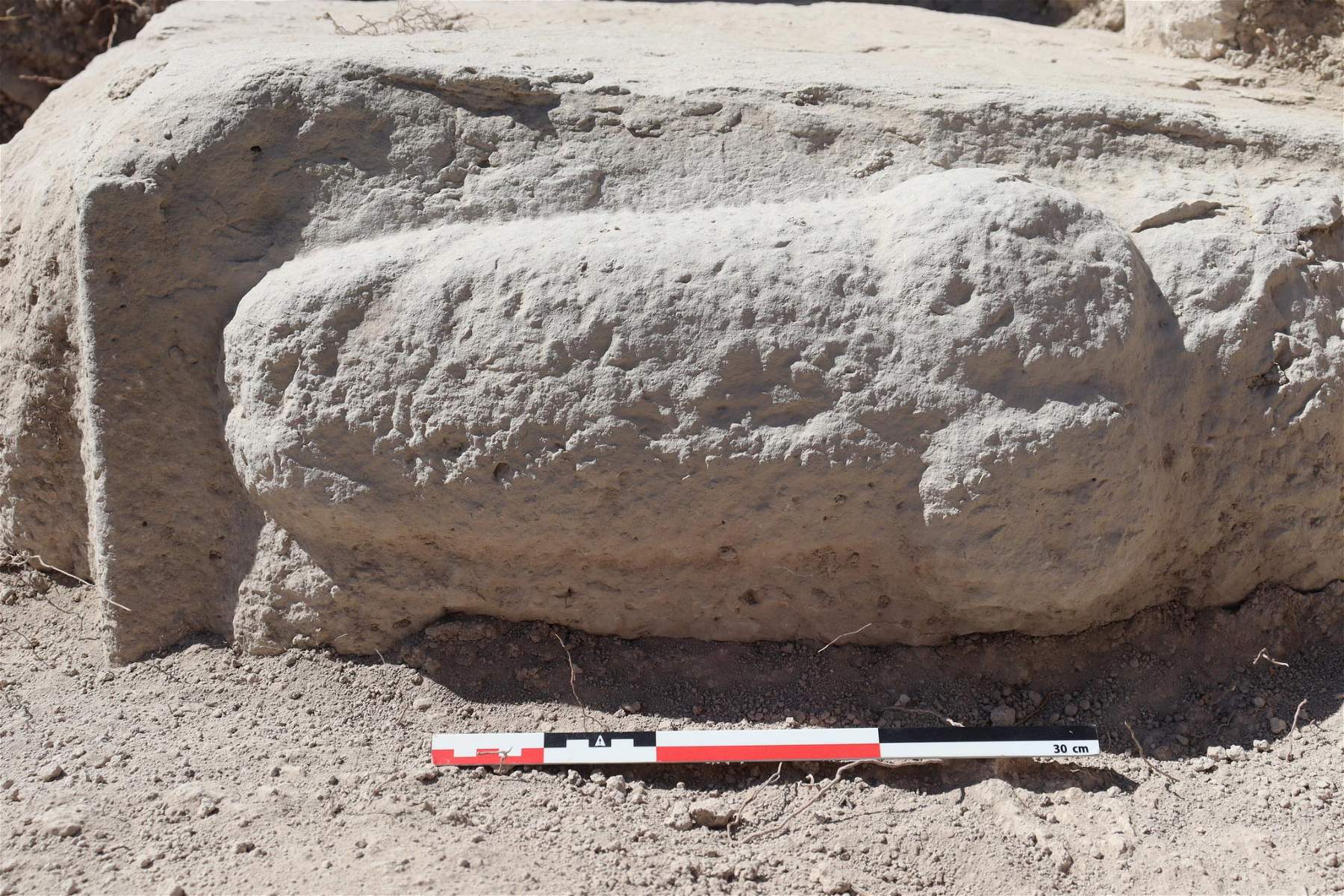A relief with a large phallic sculpture, measuring almost half a meter, has been discovered in Andalusia, Spain, in the town of Nueva Carteya: The announcement was made on August 19 with a post on its Facebook page by the Museo Histórico Local de Nueva Carteya, which told how the huge phallus was found above one of the ashlars forming the northeastern base of the Roman-era tower of a fortress at the archaeological site of El Higuerón.
The discovery came during an excavation at the archaeological site that began in early August, and involved a part of the tower that was previously covered. The site dates back to the Iberian period but remains from the Roman period are also found there. It is a depiction that was quite common in ancient Rome, since the male sex organ was attributed an important apotropaic function (it was considered a symbol of fertility, virility and protection against the evil eye, so much so that amulets in the shape of a phallus were also produced, which are now preserved in museums around the world).
Given its size, it may be one of the largest phalluses in the Roman world, according to archaeologist Andrés Roldán, a researcher at the University of Extremadura and director of the Museo Histórico Local de Nueva Carteya. “We are consulting the bibliography and, so far, we have not been able to find another one of the same size,” Roldán told the Spanish newspaper NIUS. In addition, given the value of the find, the Guardia Civil has been asked to intensify surveillance around the excavation to prevent possible looting, at least until the area is secured.
The El Higuerón site has long been known and was first excavated in the 1960s. Yet, “despite its importance to archaeological research,” Roldán argues, “its value has never been considered, since only a few stratigraphic investigations have been carried out to discover its chronology.” Now, given also the relevance of the new discovery, the Municipality of Nueva Carteya, which acquired the land on which the Ibero-Roman structure stands, is considering starting a project to musealize the site.
 |
| A huge stone phallus has been discovered in Spain: it is one of the largest in the Roman world |
Warning: the translation into English of the original Italian article was created using automatic tools. We undertake to review all articles, but we do not guarantee the total absence of inaccuracies in the translation due to the program. You can find the original by clicking on the ITA button. If you find any mistake,please contact us.